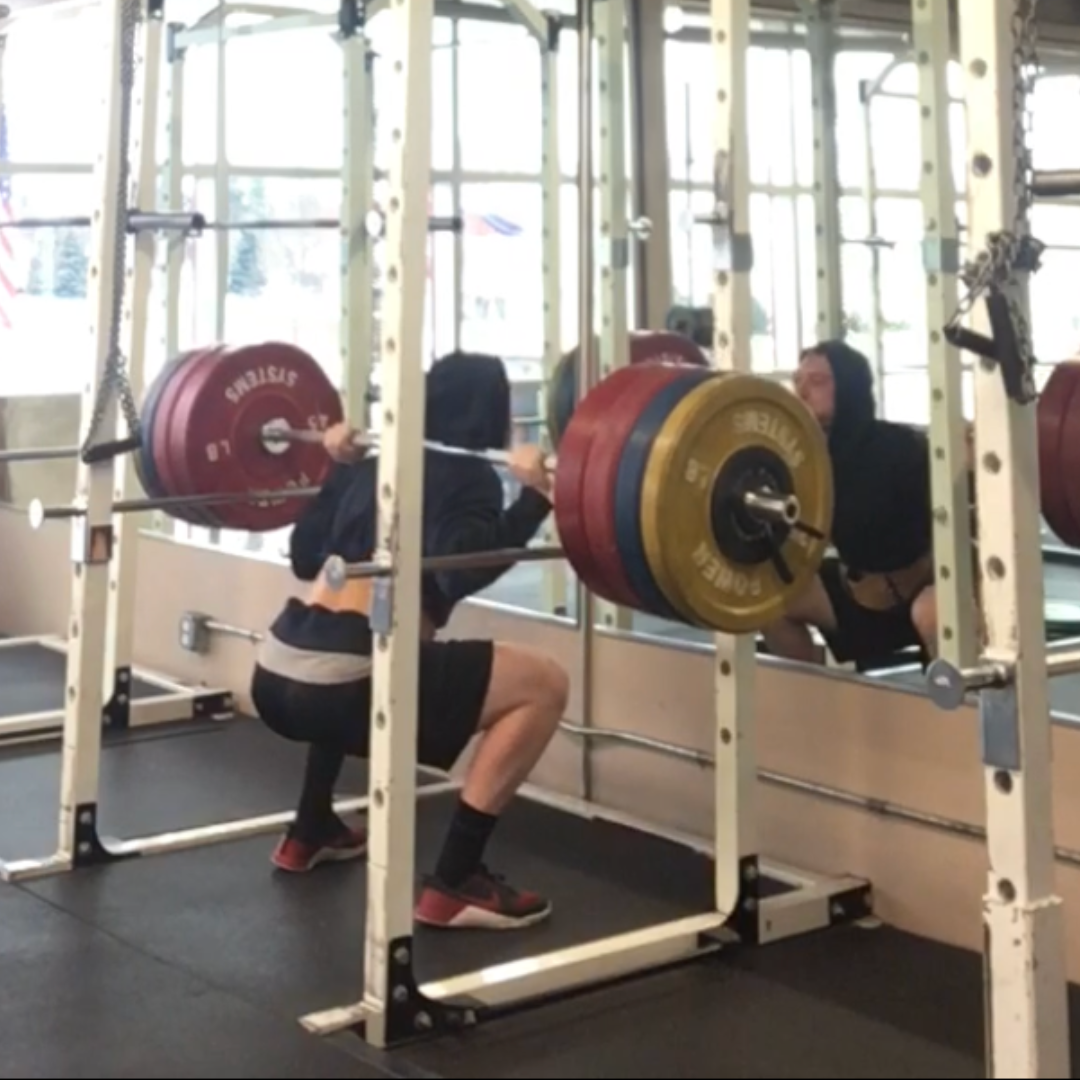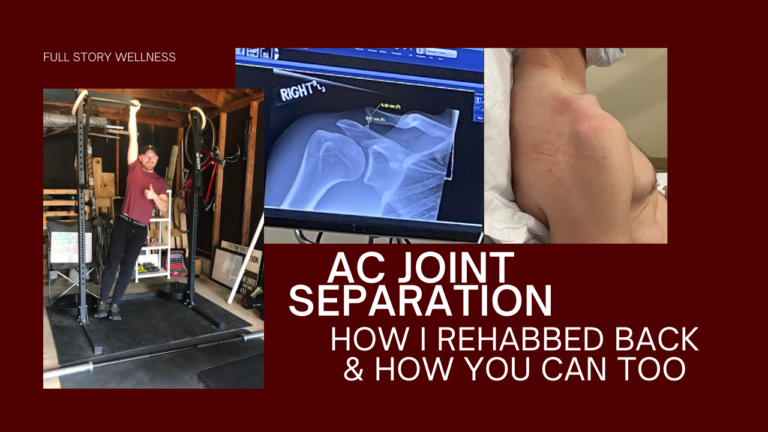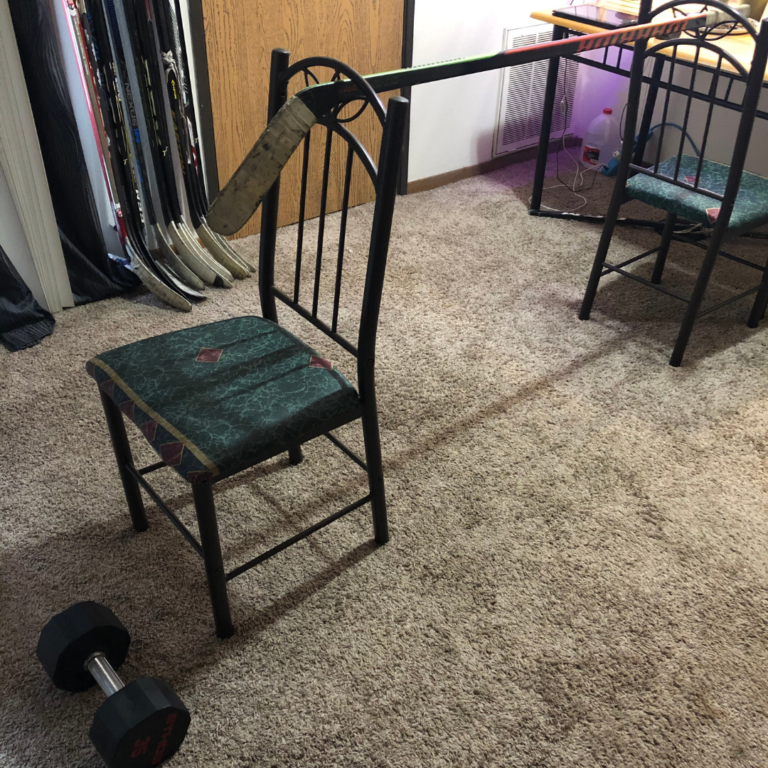*Disclaimer
Let’s face it, we can all be a little bit better/more consistent at the things outside the gym that drastically improve our results (sleep, nutrition, etc.), but for the sake of this article we will simply talk about the instances where it’s the workouts themselves that could be a key in improving the results we see from our efforts.
Let’s dive in.
There is nothing more frustrating than knowing you’re putting in the effort, yet not seeing the results.
Unfortunately for a good amount of people this is the reality of their efforts.
Usually resulting in them to give up entirely or just chopping their lack of results to genetics or something along those lines.
Like most things, there is more to it. Also like most things, it involves the subtle or “small” overlooked details.
Assuming everything outside the gym is mostly in check (sleep/ability to relax, nutrition, leisure time/movement outside gym etc.) it very well could be the workouts or program you’re on.
This can be a sneaky one for some people and even some coaches because two workout plans could look almost identical yet have two very drastically different intended outcomes or goals for the session(s).
Before we get into different variables within a program to manipulate to reach a goal let’s talk about the biggest mistake or reason why a program may not be bringing you the results you want.
-Goals Don’t Align With Program/Method:
All exercise works. I always like to say various methods or styles of working out are like music genres. It’s really up to you on how you’d like to go about it based on what you like. This is crucial for long term consistency and adherence.
Bodybuilding/muscle building style workouts are a genre
Cardio focused style workouts are a genre
Crossfit style workouts are a genre
Powerlifting/Strength building style workouts are a genre
You get the point.
However…
If your goal is to build some muscle or ‘tone up’ and all you are doing is going for long runs there is a reason you are not seeing results.
The stimulus doesn’t match the outcome/goal. This doesn’t mean you would have to give up running forever but you may need to change your plan for a short while to match your goal.
There are two ways to go about this situation.
a.) Realize its temporary and stick with a program for x weeks
Time is relative. If we are doing something we enjoy, time flies by. If it’s something we don’t enjoy, it drags on. Sometimes doing a full program for x number of weeks can seem like it drags on. Especially in the example above (runner who wants to put on some muscle) where the individual needs to alter what they enjoy doing for a period of time for something they may not like as much but is aligned with their goals and desired outcome long term.
Staying committed and realizing 4-6-8-12-24 weeks etc. is very short in the grand scheme of things can be tough. While difficult, it is much easier than going on and on wondering why you are not seeing the results because you are not potentially sticking with something long enough though.
Maintaining the results you get from the short term program will last much longer than the time put into it. Keep this in mind when it gets difficult!
b.) Make workouts built around your likes and other goals
This next one is harder for most people and why a coach can be a huge addition to alleviate the headache this could cause. Let’s continue with the runner who wants to build muscle. You can absolutely build muscle while running. The trick is designing workouts that give the body the signal to build muscle while putting just enough running in to not blunt the results from the muscle gain. All this while also enough running to keep the individual from thinking they are losing all of their endurance or cardio. These could be crossfit/circuit style workouts that include running and bodybuilding components, splitting the session into run first then lift after, lift certain days, run others while keeping miles per week to a determined level. The possibilities are endless!
Doing two things at once likely means you will get results a little slower than if you went all in on 1 thing for a determined period of time. Though, it is still possible and any improvement no matter how “small” is still improvement!
Now that we covered the biggest reason why your workouts may not be bringing you the results you want, let’s go into some common things you can manipulate in your workouts to hopefully start bringing you the results you’re after!
*Again, assuming everything is in check outside of the gym, your program is aligned with your goals, and you’re consistent.

Desired Result, Strength:
-Localized Technique: Typically when people are trying to get stronger they usually have a number in mind for a certain exercise/lift. Super fun! Super technical however. One of the easiest ways to improve strength is to improve the part of the lift you struggle with the most. The lowering phase, the bottom of the range of motion, the lifting phase, the lockout, specific joints or muscles used etc. these can all be worked individually. Whether as an accessory exercise or even as the focus for a short term program (4-6+ weeks etc.).
This way we are working on our weakness that will have the greatest carryover to the full exercise or lift. Potentially with even less volume/wear and tear. That’s a win-win situation!
-More to it: When people think of strength in the gym they think of one thing, a 1 rep max, aka how much weight you can do for 1 repetition on a particular exercise. If you are not taking advantage of strength measurements in the 3-5-10-12-15-20etc. rep range you are truly in for a surprise and more improvements. This is where the floodgates open and you realize you can forever measure strength in new ways.
Also, if your 10 rep max goes up there is a good chance your 1 rep goes up as well. With this in mind we can manipulate what reps we are measuring at various points when we need a break from the super taxing 1 rep max lifting programs but still want to work on strength.
-Are you a Powerlifter?: Speaking of measuring strength in new ways, are you a powerlifter? How about an olympic weightlifter? If not then you can test your strength in more than just the bench, squat, deadlift, clean & jerk, or snatch. What is your 5 rep max bulgarian split squat with 2 dumbbells? How about your max time hanging from a pull up bar? Maximum reps of inverted (TRX/Ring) rows? Do your body a favor and get stronger in other areas/exercises. Also, when you come back to the traditional exercises again, chances are you will be stronger!
Desired Result, Muscle Growth:
-It’s about the muscle, not the weight: This is easily the number one mistake I have made, and see in the gym all the time when people are trying to build muscle. They are trying to lift like powerlifters or are using weights that force them into bad form aka no longer targeting the muscle they are trying to. It’s about isolating the muscle and forcing it to do the work as independently as possible. When done right you’ll be surprised at how little weight is needed and how much faster you get a pump from your workouts. More results, less strain!
-Conscious, Partial Ranges of Motion: A great technique to keep constant tension on a muscle is to do partial ranges of motion. This is amazing for cables, machines, bands etc. This allows the muscle to be under constant tension while working versus doing full ranges of motion which can distribute the weight to other parts of the body (it should, that’s why you can deadlift more than you can curl for example). Try this out, instead of dumbbell rear delt flys grab a resistance band and do band pull aparts without coming together or locking out fully.
-Strength Curve: John Meadows (RIP) helped me learn this years ago. In the same way you can work a specific portion of a lift to improve an aspect of it, you can bias certain parts of a muscle to make it work more. A lot of times we can think we are doing a lot of different things for a certain muscle group but in reality all of these exercises could be targeting that muscle in the same exact way.
Let’s use the biceps for example. Let’s say you end a session with barbell curls then standing DB (dumbbell) bicep curls. Both of these definitely target the biceps, but with the middle portion of the exercise being the toughest part (highest strength curve). Instead we could do something like the following to hit the biceps in various ways;
a1) 2DB Incline Curls on incline bench → hardest part of exercise is the first few inches of movement *Bottom
a2) 2DB Alternating Curls → hardest part of the exercise is the halfway point *Middle
a3) 2DB Spider Curls → hardest part of the exercise is the end of the exercise *Top
Desired Result, Athleticism:
– Athlete versus Lifter: The biggest mistake people make when trying to develop greater athleticism is focusing too much on the weight room. Don’t get me wrong, lifting is crucial for athletic performance, however it’s just a tool. There comes a point when doing the sport or activities involved with athletic movements is more important than 5 more lbs on a lift. Things like plyometrics, dynamic type skips and bounds, running, coordination etc. are a great use of time for this type of training.
– Lateral/Rotational Movement: Some programs focus just on going forward, backward, up and down. Lateral (sideways) and transverse (rotational) movements are commonly neglected and coincidentally where most non contact sport/life related injuries occur. Making sure we are consistently getting better at movements that are sideways and rotational focused will greatly improve athleticism at any age.
– Slow down & Stopping: Lastly in the age of bigger, faster, stronger it’s easy to neglect the opposite. In athletics and performance training this is deceleration and force absorption. (think of a football player sprinting, slowing down, and changing directions on a dime or a Gymnast and their ability to stick landings from very powerful jumps and distribute that force absorption.) The reason why this is important is the forces/demands placed on the body are greater in these types of movements. If you are unprepared to handle those greater forces, this is where injuries occur. This could be trained by things such as soft landing box jumps, flying sprints, jump rope, depth jumps etc. *A little goes a long way with these types of exercises so start slow and build up.
Desired Result, Cardio:
– No Variance: No matter what avenue you choose to do for your cardio it is no different than strength training. You need to change it up in order to get the body to adapt. This could be going further, faster, readjusting your Zone training etc. It could also be as simple as going on a different running route even if it’s the same distance. The difference in terrain is enough to elicit a change. As long as you’re not doing the same pace or same route week after week you’re likely to see results in your cardio/endurance. (This is assuming you are done getting the newbie gains from just starting in the first place.)
What is something that you’ve done in the past that didn’t align with your goals no matter how hard you worked? What changed?
This is where wisdom and training experience comes from.
To Your Success,
– Josh



